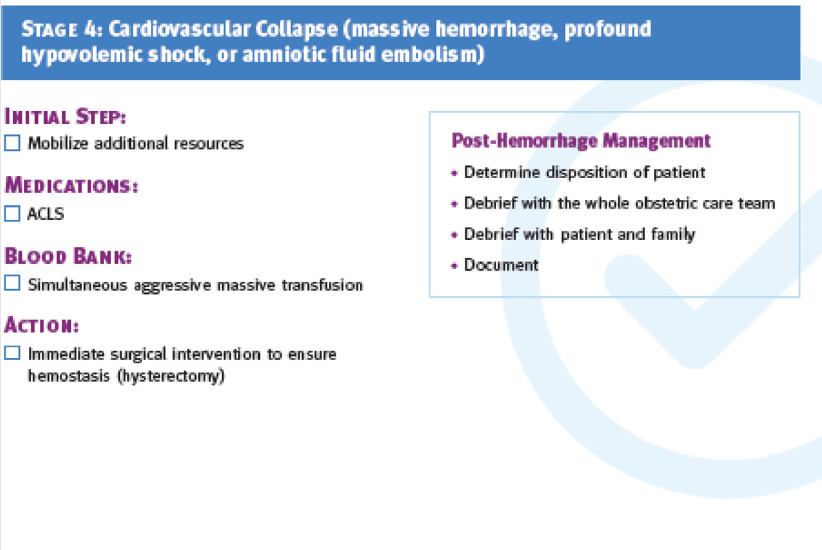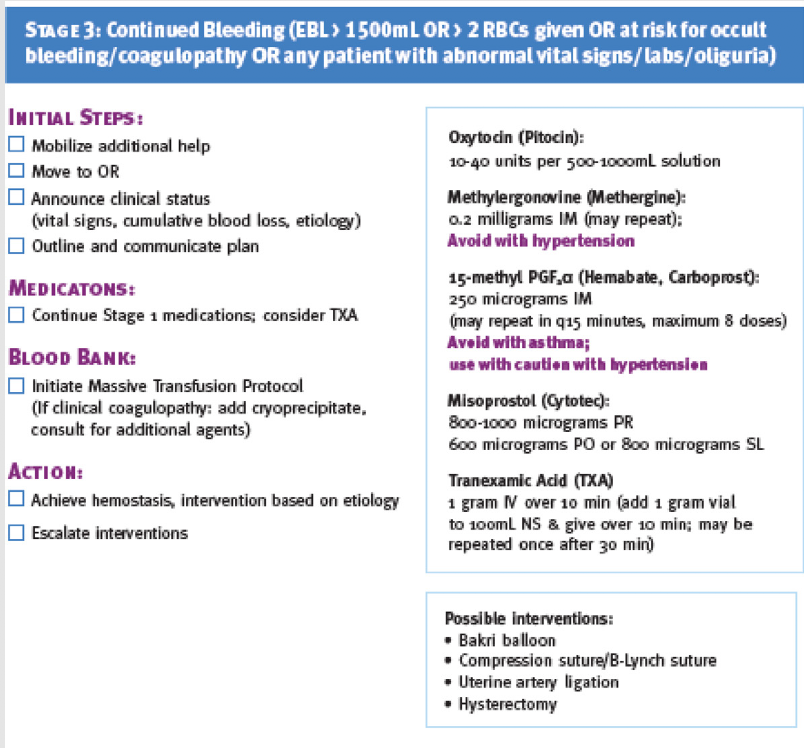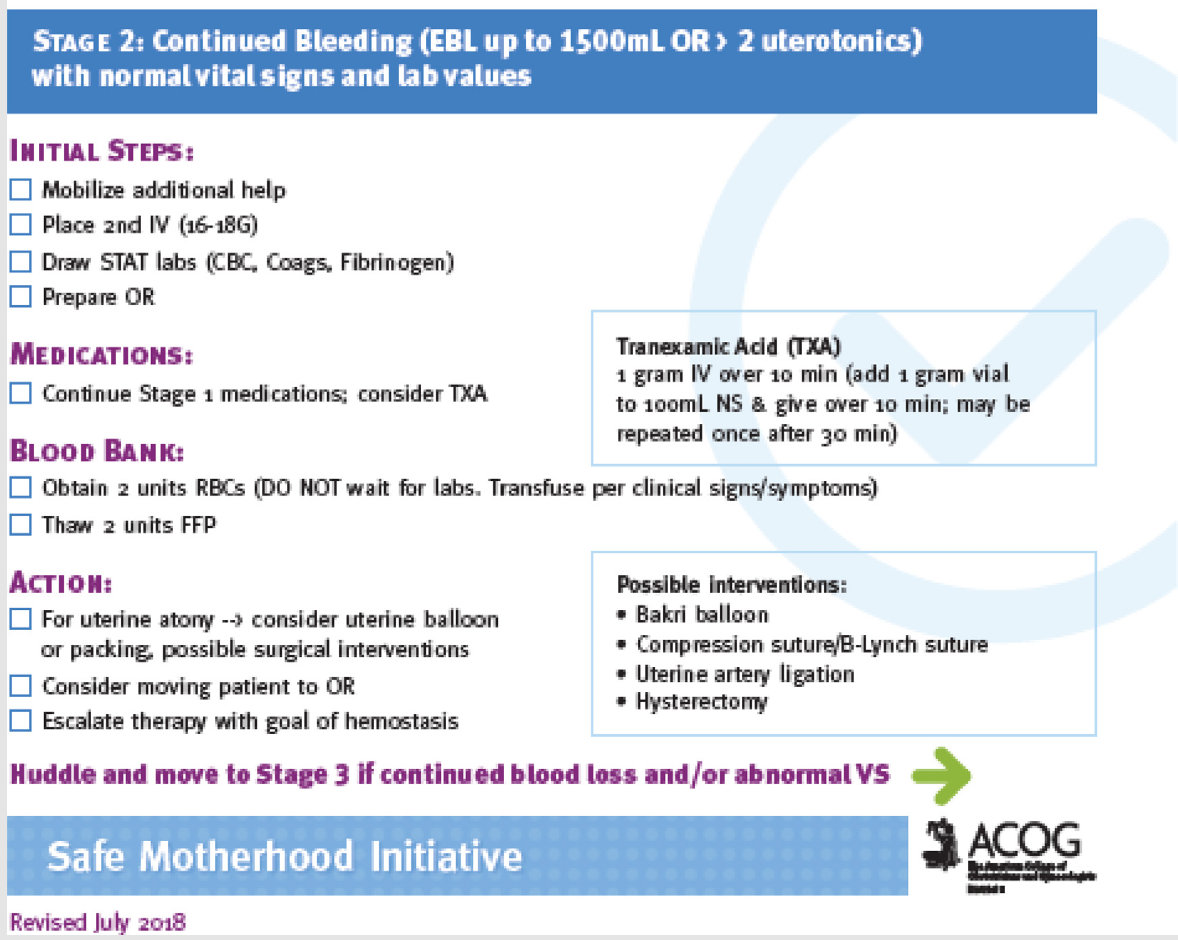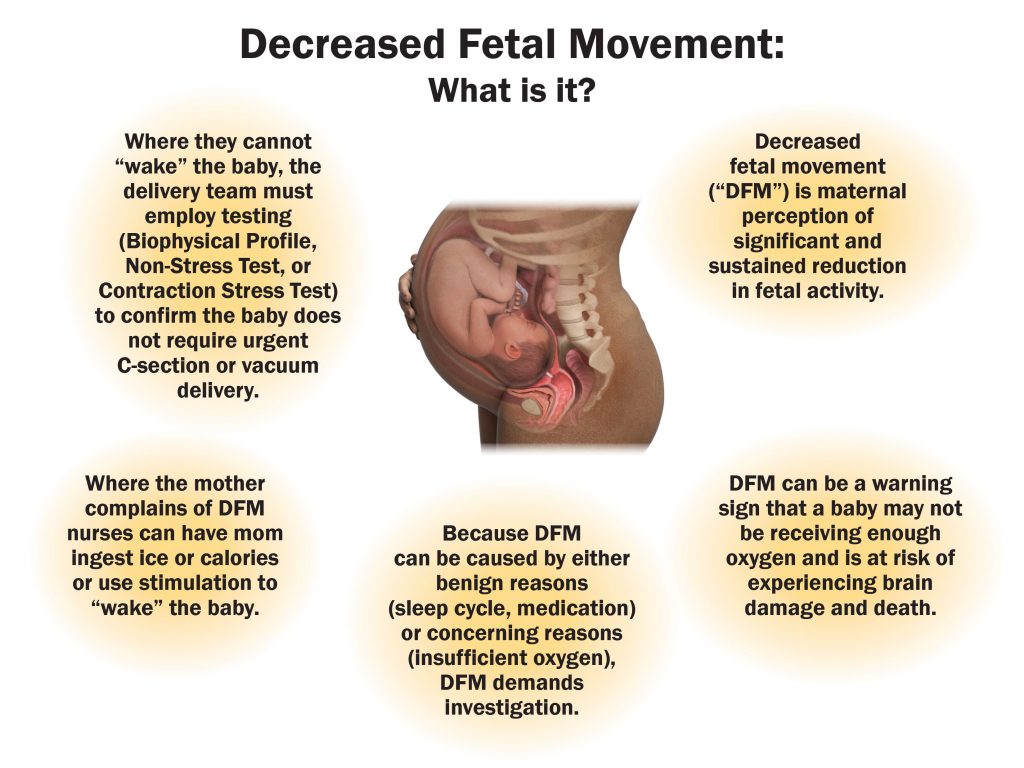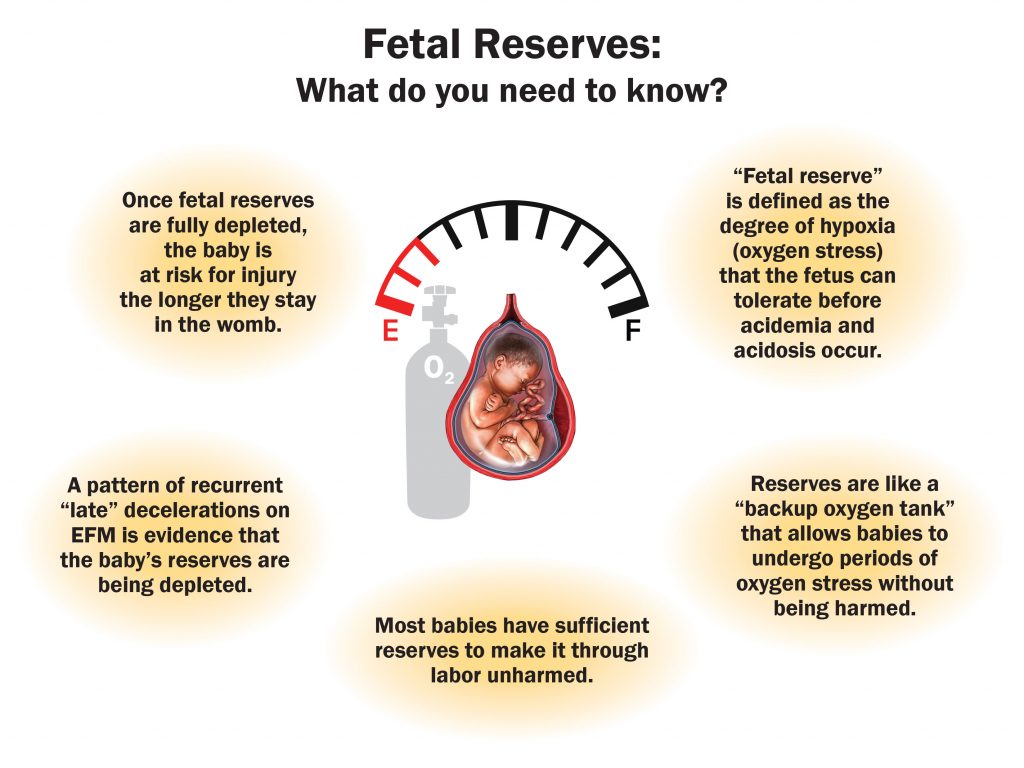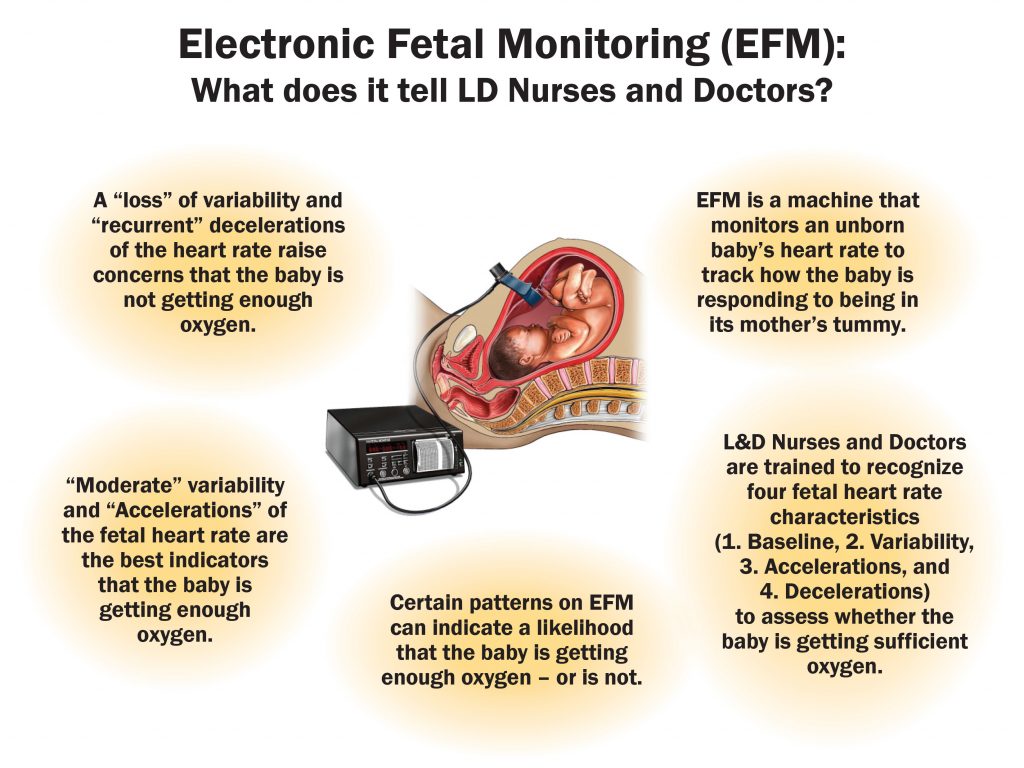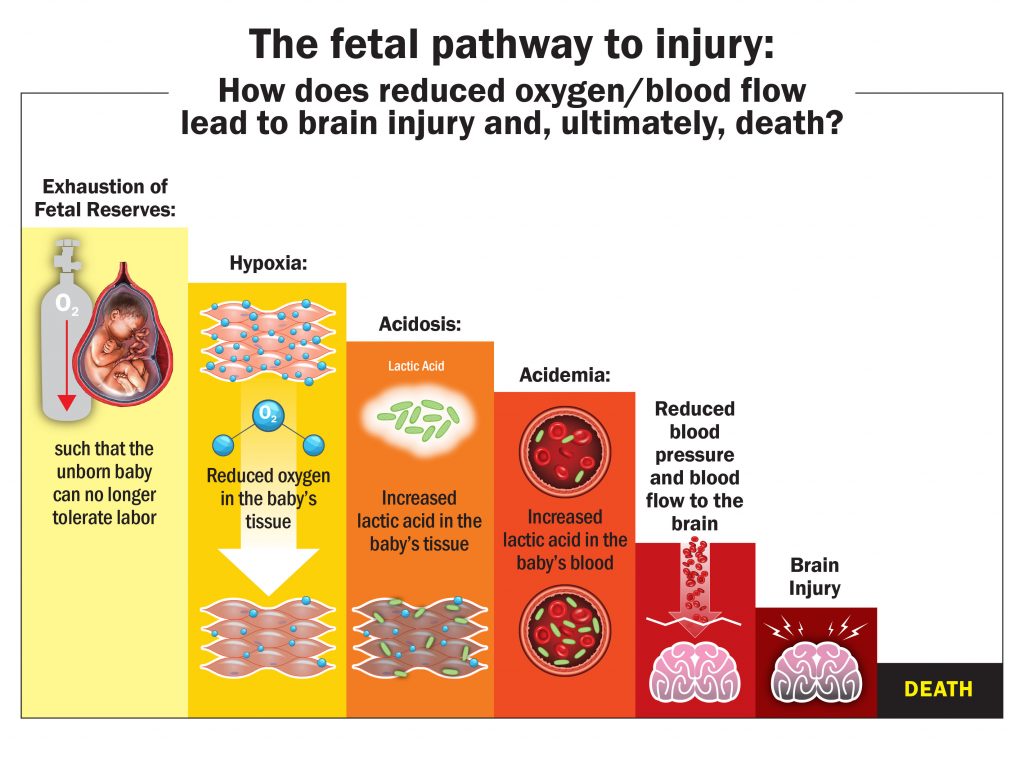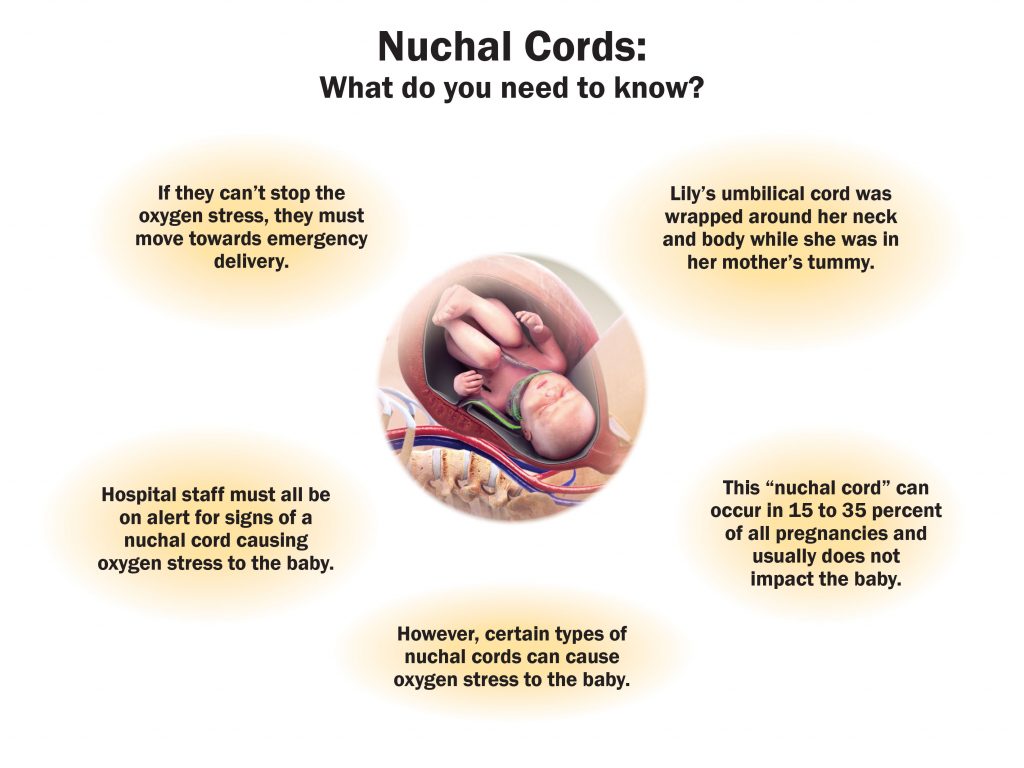(The following article was written by Nelson Tyrone for publication in Verdict: The Journal of the Georgia Trial Lawyers Association. It is presented in 3 parts. See below for Part 1 of 3)
On September 14, 2012, the Tyrone Law Firm obtained a $5,250,000 verdict on behalf of our client, Nathaniel Polite, in an inadequate security case that presented numerous factual and legal challenges. In 2007, Nathan was shot in the back as he ran away from two assailants on a path between his apartment complex and a neighboring Chevron gas station. The facts surrounding the shooting gave the Defense ample opportunity to argue that Nathan must have been “up to something” (read, “targeted”) when he was shot. And Georgia’s Apportionment Statute, O.C.G.A. § 51-12-33(c), left the very real possibility that even if we proved liability and damages, the jury’s apportionment of fault would leave Nathan without any recovery. Most lawyers I talked with just shook their heads when I told them about the case. And to offer some insight into how the Defense saw the case, the offer to settle at mediation, with one of Atlanta’s top mediators, topped out at $120,000.
However, the more time I spent with Nathan the more I came to believe in him and the moral “rightness” of his case. I came to understand that he was a crime victim. I came to believe that apportionment could not mean that crime victims had to receive less than full justice. I also came to believe that we could overcome the challenges with a lot of hard work and creativity, and by making sure the jury got to know Nathan and hear his story.
I brought in Richard Jones as co-counsel to help with the security issues, and we filed suit against two companies that respectively owned and managed the apartments where Nathan was shot. The case was ably defended by Warner Fox and Mike McLaughlin at Hawkins, Parnell. They were professional and courteous. Their strategy required them to attack Nathan and suggest, without saying so explicitly, that he was unworthy of protection or that he had “brought this on himself.” Ultimately the jury saw through that attack. The verdict is a testament to thousands of hours of legal work, the heroes that made up our jury, and Nathan himself. Out of all the work we did over nearly two and a half years, here are, for me, a few of the most important things we did to obtain justice for Nathan.
I. DISCOVERING NATHAN’S STORY: OUR STORY v. THE DEFENSE’S.
I attended Gerry Spence’s Trial Lawyer’s College in 2002 and now teach on the staff. At the center of the method is a recognition that human beings (read “jurors”) communicate, learn, understand, and are moved emotionally through story. The Defense’s ultimate story in an inadequate security case is that the Plaintiff was targeted. If the Defense can convince a jury that the Plaintiff was specifically targeted, Georgia law instructs the jury that there is very little that even “adequate” security could have accomplished.
Many of the facts in Nathan’s case left the Defense with ample ammunition to put together a story that Nathan was targeted. I understood that the jury’s conclusion about “what Nathan was up to on the path” and the question of whether he was targeted would largely flow from who they felt he was as a person at the time of the attack. For that reason I knew this trial would largely be a contest between two stories about Nathan. The challenge was both to expose the Defense’s story as a fraud and to discover the true story about who Nathan was and what happened on the path.
A. The Defense Story.
There were several facts that, when strung together in the Defense story, made a compelling argument that Nathan was targeted. When he is attacked by two assailants on a path between his apartment building and a neighboring convenience store, Nathan is young (25), unemployed, and an aspiring rapper. Although he has one child, a 9 year old daughter, Nylasia, who is being raised by Nathan’s mother, Nathan does not live with them. Instead, he lives with a roommate (“Brotherman”) and a girlfriend (not Nylasia’s mother). At the time he is shot, Nathan is an aspiring rapper and producer who goes by the rap name “Da Kid Bang Bitch.” He has dozens of social media postings and photographs depicting him as a “gangster” rapper (holding money, guns, and looking tough).
Nathan is attacked walking on a pathway returning from a neighboring convenience store (“The Chevron”) to his apartment. His assailants throw liquid bleach in his face, then shoot him in the back as he runs away. They never demand his money. They do not take Nathan’s wallet which contains $700 in cash. When Nathan yells out to his roommates for help, instead of calling 911, one of them throws Nathan in their car, drives him to the emergency room, and leaves him there. When a DeKalb County detective arrives to question Nathan about the shooting, he refuses to answer the detective’s questions. Finally, during his deposition Nathan admitted that even though he had seen each of his attackers out in public since the shooting, he had not called the police.
Frankly, the Defense had a lot of material to work with. Though they never settled on a theory of whether they believed that Nathan was committing a crime (presumably selling drugs on the path) at the time of the attack, or whether he was attacked to settle some type of grudge, it didn’t matter. “We just can’t know what Nathan was doing on that path … but it sure seems suspicious,” they argued. The clear message to the jury was that Nathan “had it coming.” If the jury believed this, they would be legally and morally right in finding against Nathan.
B. Our Story.
Over the years I represented Nathan, I was constantly aware I needed to understand his story better. I brought in several trial consultants I work with at the Trial Lawyers College and enlisted several TLC alumni in Atlanta to spend several days “re-enacting” scenes from Nathan’s life and discovering his story. I also spent countless hours getting to know Nathan and his family. Richard and I spent time with them at their apartment. And since Nathan was still working on his G.E.D., I had him come to my office every Friday and sit in one of our conference rooms so he could study. At times I didn’t know whether I felt more like his lawyer or his big brother.
Regarding his music, I learned that he was not a “rapper,” he was really a musician. He wrote lyrics, but mostly mixed and produced songs for his friends using a sophisticated computer program. His “studio” was really a four-track recorder and microphone connected to a laptop in his bedroom. He had posters on his walls of rappers, just like other young men in their teens and twenties. And his “tough” image captured in photographs on MySpace was just that – a 25-year-old young man trying to look both successful and cool for his friends, and attempting to do what every 25-year-old young man spends time doing – to impress girls.
I learned that Nathan was a single father. That he had remained when Nylasia’s mother had “skipped out.” That he had only moved out of his mother’s apartment because the music from his “studio” was too loud for his daughter Nylasia. Even when he “moved out” he simply rented an apartment with roommates a few buildings over in the same complex. He still tucked Nylasia into bed every night and read her to sleep. And his mother often had to “kick” him out of her apartment because he spent so much time at the apartment with Nylasia and eating his mom’s cooking.
This was the true story of who Nathan was. But we had to figure out how to “show” it to the jury. We used several tools to get this story across to the jury – primarily “before and after” witnesses, photographs, and re-enactments during trial.
(continued – See Friday Oct. 12th blog for Part 2)
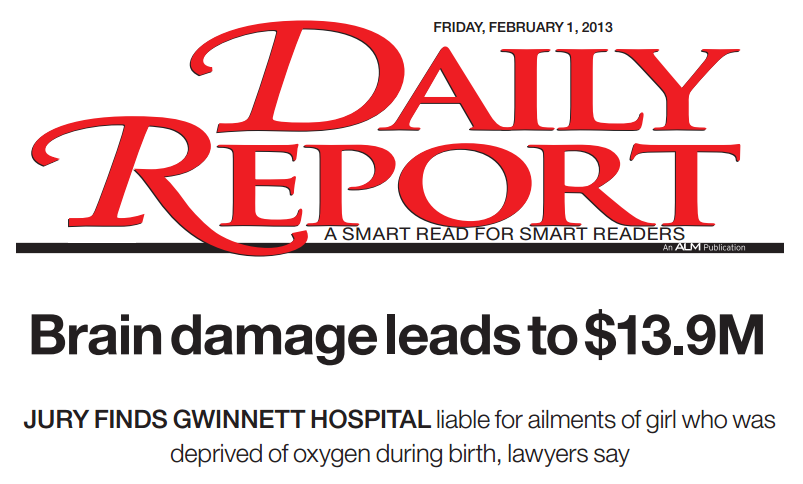

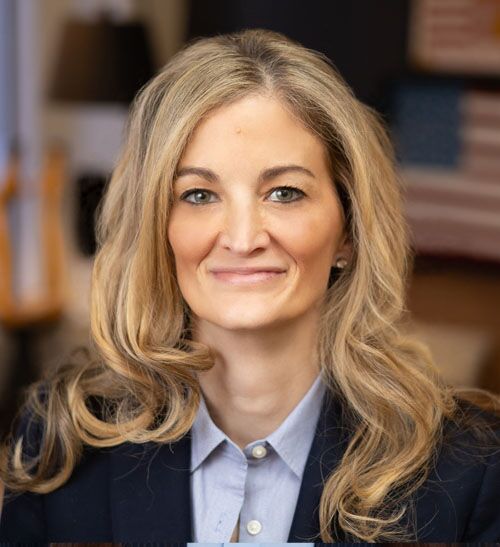
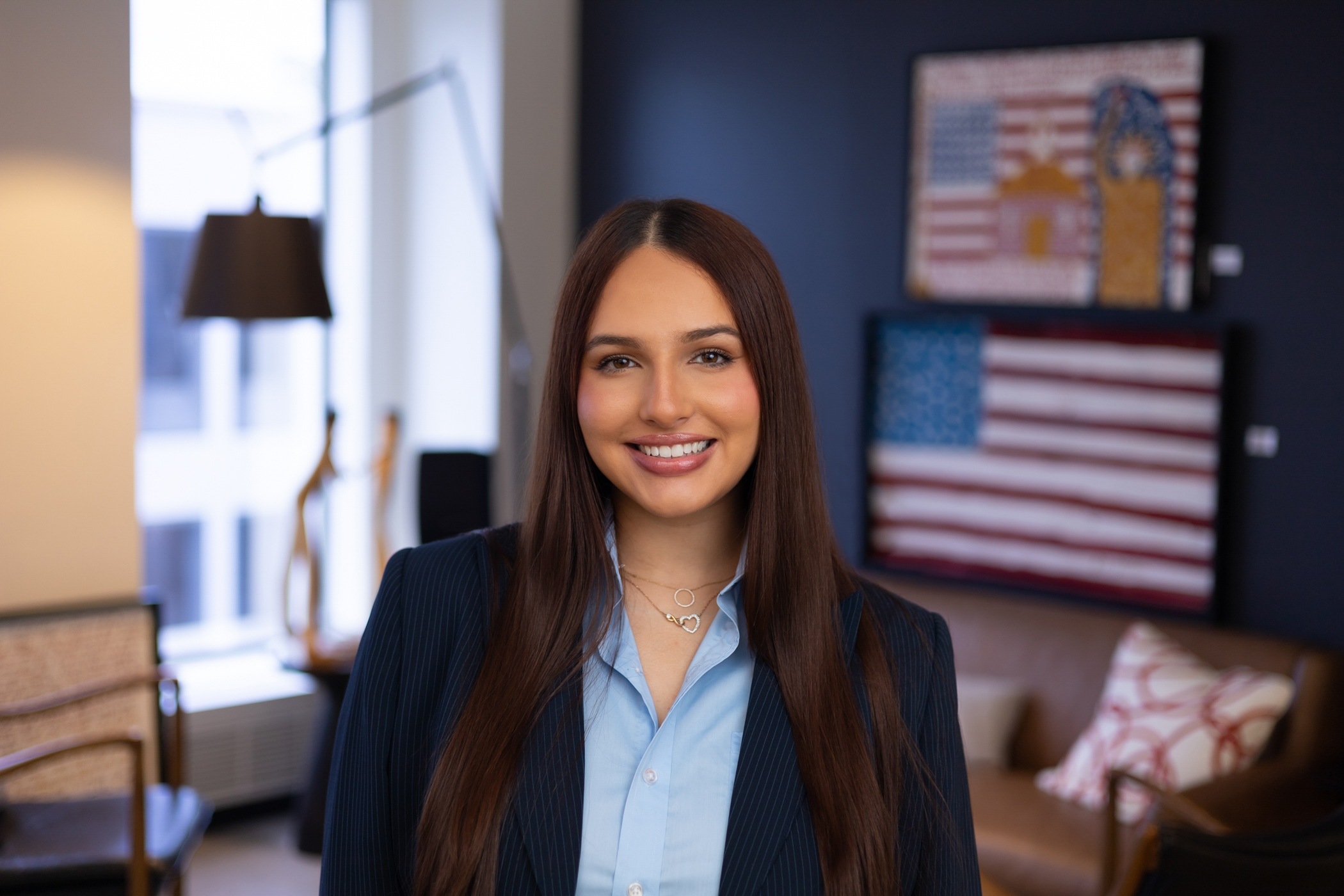
 Hayley serves as a Labor and Delivery Nurse Consultant for the Tyrone Law Firm. She attended and graduated Cum Laude from the University of Georgia in 2004 with a Bachelor of Arts degree in Journalism/Public Relations. After graduation she moved to the gulf coast where she pursued a career in real estate and development.
Hayley serves as a Labor and Delivery Nurse Consultant for the Tyrone Law Firm. She attended and graduated Cum Laude from the University of Georgia in 2004 with a Bachelor of Arts degree in Journalism/Public Relations. After graduation she moved to the gulf coast where she pursued a career in real estate and development.
